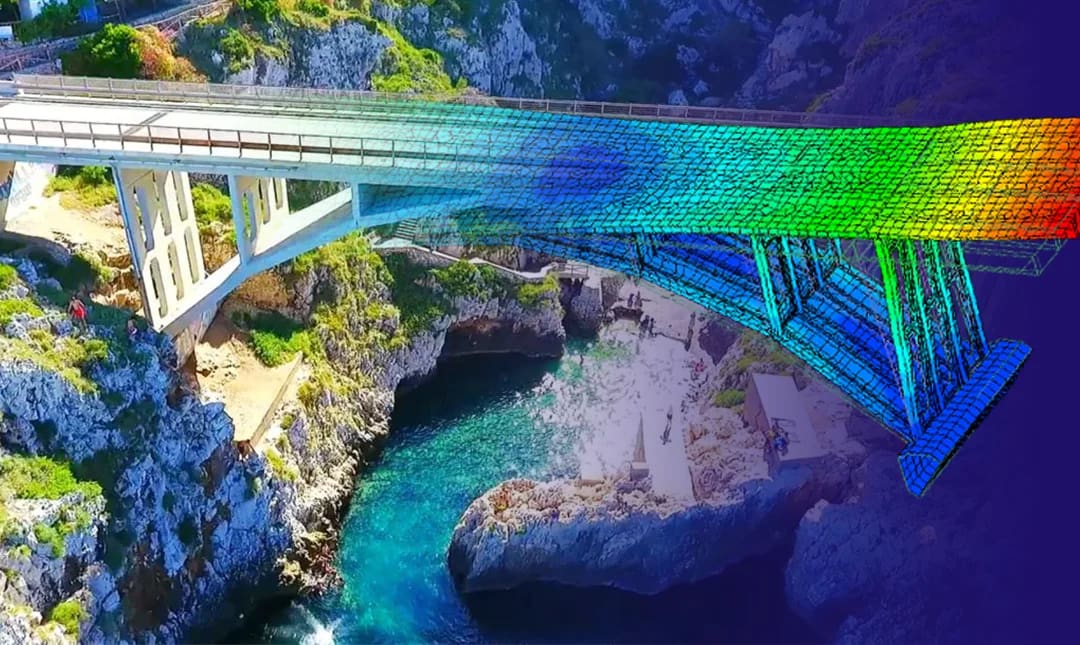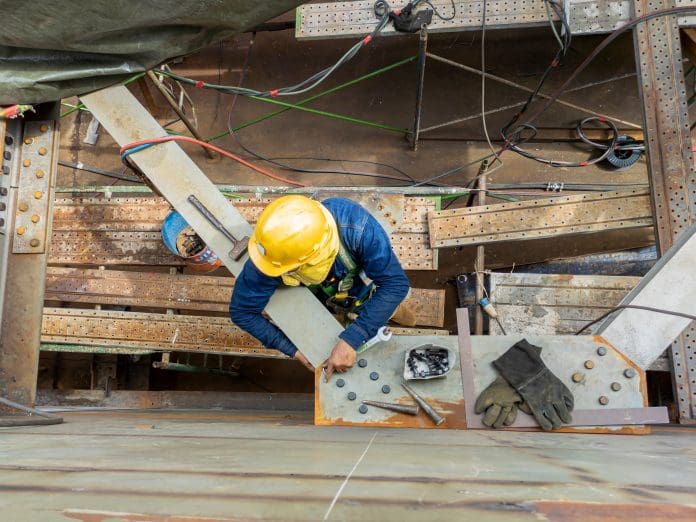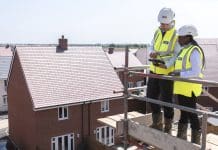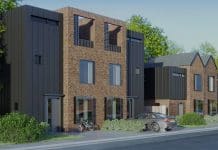It is the task of the architects and structural engineers in charge of renovating an old building to reconcile the preservation of historical character, safety, functionality and energy requirements. The use of BIM for renovation projects can ease such a complex operation
It is in this quest to effectively and preventively protect this heritage that the Graitec Advance Design calculation software comes into play, offering construction professionals an innovative solution.
Preservation of architectural heritage: a major challenge
Existing civil infrastructures and buildings have an invaluable historical and heritage value. However, their structure and safety can be compromised due to their advanced age.
Over time, these buildings undergo disorders linked to their continuous use, exposure to natural elements and the evolution of construction and safety standards. Materials may degrade, foundations weaken and support systems become obsolete.
This progressive deterioration jeopardises the longevity of the structures. Their consolidation and renovation then become an urgent necessity to ensure the preservation of these emblematic monuments.
Introducing carbon performance into the renovation of existing buildings
To meet the ambitious goals of carbon neutrality by 2050, it is imperative for architects and structural engineers to adopt a holistic approach to the modernisation and renovation of existing buildings.
Indeed, to effectively contribute to reducing greenhouse gas emissions (GHGs), the requirement for renovation efficiency must not only target energy efficiency but also take into account the carbon footprint of materials and construction processes.
At the intersection of environmental and social concerns, this approach relies on two main levers:
- Prioritising low-carbon footprint materials during renovation work, such as recycled or renewable materials.
- Aiming for building operational efficiency after the work: it is during this phase that GHG emissions are most significant.
To achieve this, it is necessary to conduct a lifecycle analysis of the building before renovation, in order to have a comprehensive understanding of its carbon footprint and make appropriate decisions regarding material choices and construction techniques.

BIM for renovation projects
A renovation project of an existing building requires precise knowledge of the loads that any structural element can support.
In this context, creating a precise model to the millimetre, based on a point cloud generated by a 3D scan, allows for a thorough analysis of the current state of the entire building.
Furthermore, similar to new construction, BIM for renovation allow for multiple simulations, testing various scenarios based on architectural modifications, and quickly comparing variants in terms of surfaces, cost estimation or energy consumption. The indicators are more reliable, and the output data is more precise.
Professionals in the sector can quickly identify the weaknesses of the existing structure and any inconsistencies based on the new functional purpose of the building.
Advance Design, structural analysis software for new and renovation projects
Graitec Advance Design is a structural calculation software for the construction and renovation of existing buildings that relies on the finite element method (FEM).
It allows structural engineers working in a BIM environment to create accurate and detailed 3D models of structures, analyse them and optimise them based on loads and environmental conditions.
Advance Design is user-friendly and easy to master structural calculation software. Modelling is intuitive thanks to a comprehensive library of structural elements, advanced assistants and automatic load generators: climatic loads, seismic loads, traffic loads and rolling loads.
These elements and assistants, easily customisable, adapt to all situations: numerical eccentricities, bracing, prestressed tie rods, complex loading systems.
Modernisation of the Ciolo Bridge and renovation of the Cathedral of Lecce, Italy
As part of the renovation of the Ciolo Bridge (located in the province of Lecce), Advance Design software enabled quick and easy modelling of the bridge from a DXF file of the structure’s design.
The ability to automatically generate mobile traffic loads, after entering the relevant load values as prescribed by the NTC2018 regulations, was also of fundamental importance for the bridge study, its seismic analysis, as well as structural design checks.
In Southern Italy, a region prone to earthquakes, historical buildings may not have been constructed with the same level of seismic resistance as modern structures. Therefore, renovating these iconic heritage sites is essential to bring them up to current safety standards, thus ensuring their strength and durability.
A notable example of successful seismic modernisation is the Cathedral of Lecce, located in the Apulia region. The building, known for its rich artistic heritage, was first constructed in 1144 and then entirely rebuilt in the Baroque style of Lecce in 1659. The cathedral underwent an extensive renovation project in 2022 aimed at improving its seismic resistance.
The engineering firm SETI ENGINEERING, at the forefront of design, completed a comprehensive, faithful and precise modelling of the facades and vaults using Autodesk® AutoCAD®.
Then the data was exported with Advance Design to reflect the geometry of the existing building. The project not only enhanced the cathedral’s ability to withstand earthquakes but also extended its lifespan for future generations.
Have a question about Graitec Advance Design?
Get in touch with a Graitec expert who can help you make the most of your projects.
Request a free trial version of Advance Design.
Graitec UK
Tel: +44 2380 868947
*Please note: This is a commercial profile.

















